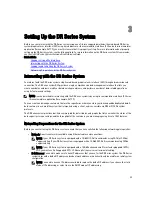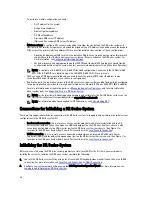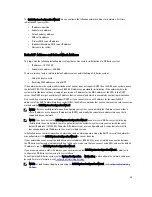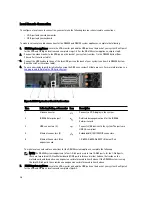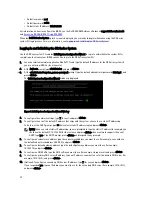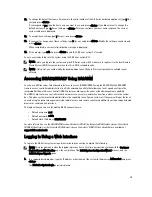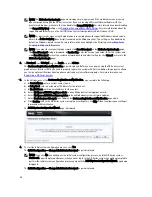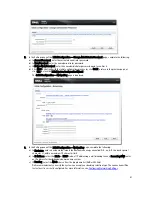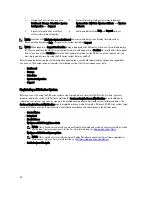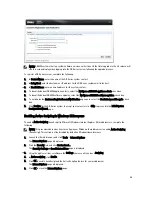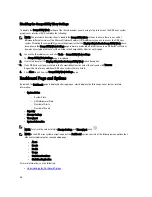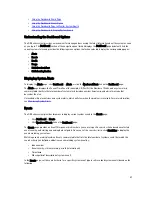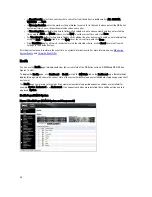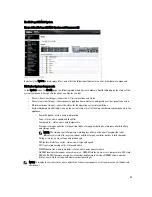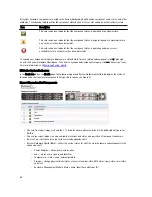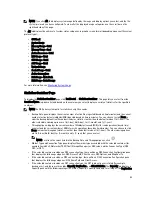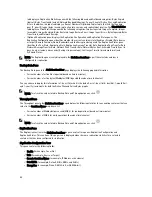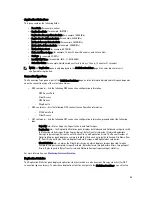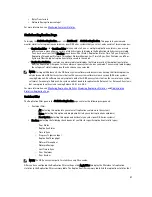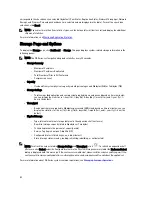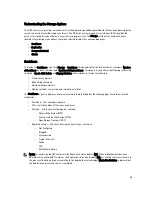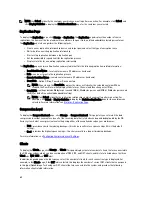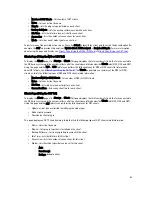
Disabling the Compatibility View Settings
To disable the Compatibility View settings of the IE web browser you are using to log in to access the DR Series system
graphic user interface (GUI), complete the following:
NOTE: This procedure describes how to disable the Compatibility View settings to ensure there is no conflict
between different versions of the Microsoft Internet Explorer (IE) web browser you use to access the DR Series
system. Disabling the compatibility view settings requires that the Display all websites in Compatibility View check
box option in the Compatibility View Settings page remains unselected, and that there are no DR Series systems or
domains associated with these systems listed in the Compatibility View list on this page.
1.
Launch the IE web browser, and click Tools
→
Compatibility View settings.
The Compatibility View Settings page is displayed.
2.
If selected, deselect the Display all websites in Compatibility View check box option.
3.
If any DR Series systems are listed in the Compatibility View list, select the entry and click Remove.
Repeat this step for any additional DR Series systems that are listed.
4.
Click Close to exit from the Compatibility View Settings page.
Dashboard Page and Options
By default, the Dashboard page is displayed after logging on, which displays the following current system-related
information:
•
System Status
– System State
– HW (Hardware) State
– Number of Alerts
– Number of Events
•
Capacity
•
Storage Savings
•
Throughput
•
System Information
NOTE: To refresh the values listed in Storage Savings and Throughput, click
.
NOTE: In the DR Series system navigation panel, the Dashboard section consists of the following menu options that
when selected display the corresponding page:
•
Alerts
•
Events
•
Health
•
Usage
•
Statistics: Container
•
Statistics: Replication
For more information, see the following:
•
Understanding the Dashboard Options
46
Summary of Contents for PowerVault DX6112
Page 1: ...Dell DR Series System Administrator Guide ...
Page 32: ...32 ...
Page 70: ...70 ...
Page 86: ...86 ...
Page 100: ...For more information on Replication schedules see Creating a Replication Schedule 100 ...
Page 114: ...114 ...


